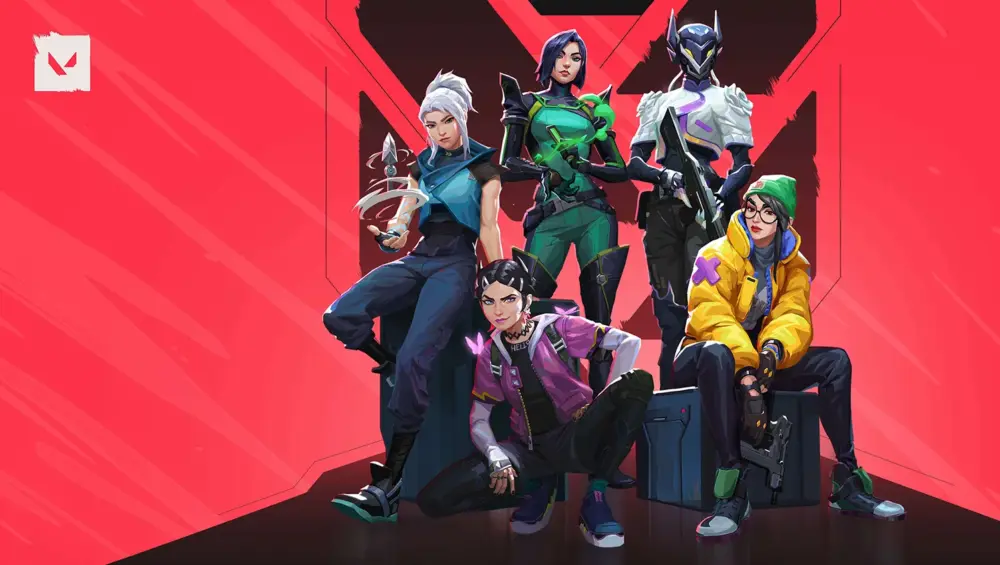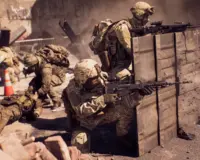Valorant is one of the most competitive FPS titles available today. Developed by Riot Games, it is praised for its fast-paced action, tactical gameplay, and smooth graphics. To truly enjoy Valorant and maximize your in-game performance, having the right system configuration and gear is essential. In this article, we’ll compare the minimum vs. recommended specs for Valorant and introduce the top 3 gaming gear you should consider if you’re serious about ranked play.
Are You Really Playing Valorant Smoothly?
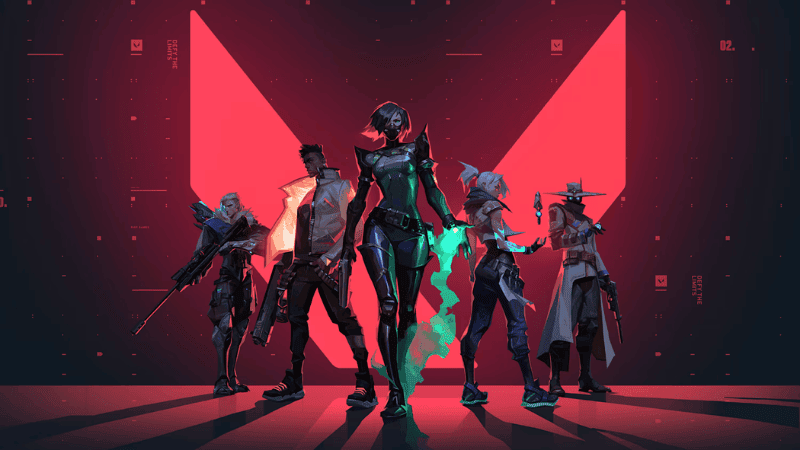
You may think your current setup is “fine,” but Valorant rewards consistency. Ask yourself:
Do your frames drop when fights get intense?
Do your inputs feel delayed or unresponsive?
Are you ever distracted by stutters or audio desync?
If you answered “yes” to any of the above, you’re not getting the smooth experience Riot designed. Even if your KDA seems okay, your system might be holding you back from reaching your full potential.
Valorant System Requirements Comparison Table
Component | Minimum Requirements | Recommended Requirements |
Operating System | Windows 7 / 8 / 10 (64-bit) | Windows 10 / 11 (64-bit) |
CPU | Intel i3-540, AMD Athlon 200GE | Intel Core i5-9400F / AMD Ryzen 5 3600 |
RAM | 4 GB | 8 GB or more |
GPU | Intel HD 4000 / Radeon R5 200 | GTX 1050 Ti / AMD RX 570 (4 GB VRAM) |
DirectX | Version 11 | Version 11 or higher |
Storage | 30 GB HDD | 30 GB SSD |
Target Performance | 30–60 FPS 720p | 144+ FPS 1080p or higher |
While Valorant is known for its ability to run on low-end machines, the minimum requirements only allow you to experience the game at basic performance—usually 30 to 60 FPS. This frame rate is acceptable for casual play but not ideal for ranked or competitive matches, where milliseconds can decide the outcome of a gunfight.
On the other hand, the recommended configuration allows players to run Valorant at 144 FPS or more, which is ideal for high-refresh-rate monitors. In competitive FPS games like Valorant, higher frame rates directly correlate to smoother aiming, faster reaction times, and overall better performance.
Example: If you’re using an older CPU and integrated graphics (e.g., Intel HD 4000), you’ll likely experience frame drops during smokes or heavy ability usage. However, with a GTX 1050 Ti or better, paired with a modern quad-core CPU, you can expect stable frame rates above 100 FPS, even during chaotic team fights.
For those aiming to climb ranks, consistent performance and responsiveness are not optional—they are crucial. That’s why investing in at least the recommended specs is highly advisable.
What Do These Specs Actually Mean?
Here’s what each component really does and why it matters for Valorant:
CPU (Processor): Responsible for calculating game logic, player movement, and input responsiveness. A weak CPU might bottleneck performance even if your graphics card is strong.
GPU (Graphics Card): Renders everything you see — from your crosshair to enemy outlines. A better GPU ensures consistent frame rates and less stutter during action-heavy moments.
RAM: Allows your system to store and access temporary data quickly. Low RAM might cause longer loading times or occasional lag spikes.
SSD vs HDD: While Valorant can run on an HDD, an SSD improves loading speed dramatically. That means faster startup, smoother transitions, and less waiting around between rounds.
DirectX: This is the graphics API that allows the game to talk to your hardware efficiently. DirectX 11 is more optimized and stable for modern GPUs.
Recommended Gaming Gear from I4MG
The Logitech G502 X – Elite Gaming Mice for Tactical FPS
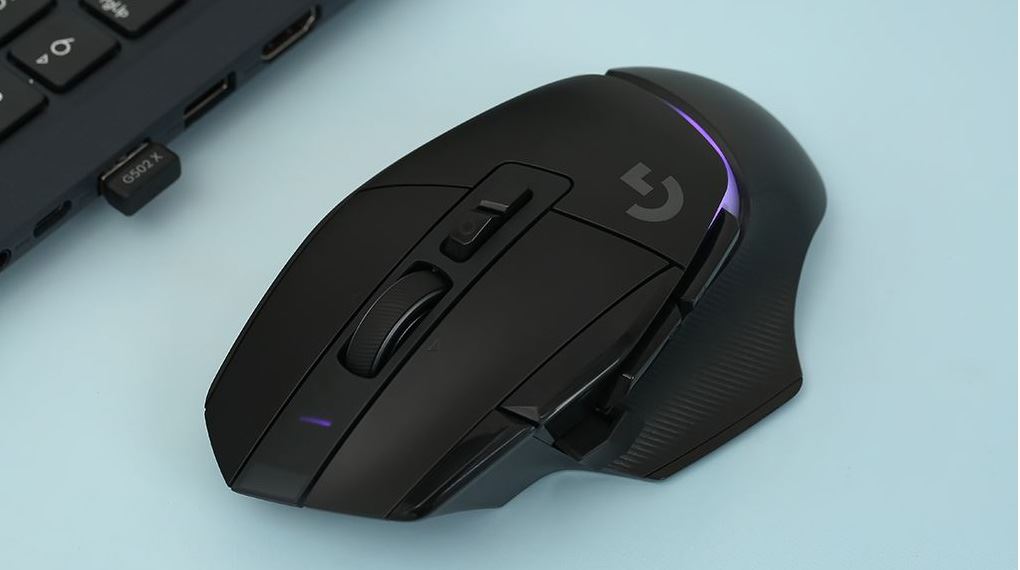
The Logitech G502 X is the modern successor to the legendary G502 series, now re-engineered with hybrid optical-mechanical switches and a lighter frame. As one of the top-tier gaming mice in today’s competitive scene, it’s built for FPS players who demand high precision and responsive control — ideal for quick flick shots, utility switching, and rapid ability execution in Valorant.
Performance Highlights:
13 programmable buttons for optimized utility and agent ability binding
HERO 25K sensor delivers pixel-perfect tracking for precise aiming
LIGHTFORCE switches ensure ultra-fast clicks with minimal latency
Keychron K6 Wireless Mechanical Keyboard
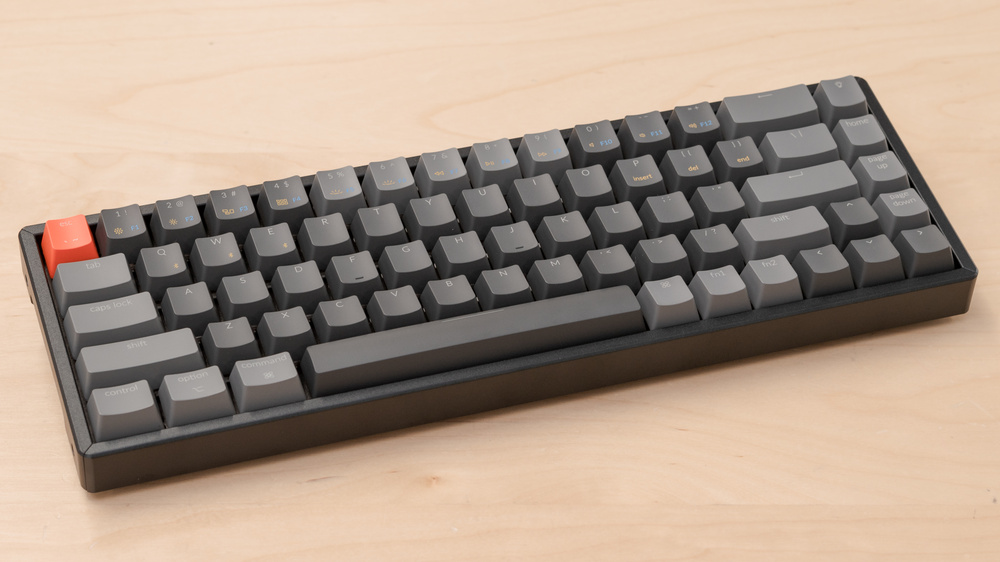
Designed with a 65% compact layout and hot-swappable keys, the Keychron K6 blends minimalist design with serious gaming performance. Perfect for Valorant players who need fast, tactile feedback without sacrificing desk space, this mechanical keyboard supports both Bluetooth and wired connections for seamless transitions across gaming setups.
Performance Highlights:
Tactile response helps improve reaction timing during gunfights
Customizable switches reduce fatigue for extended ranked sessions
Wireless mode keeps your desk clean — great for streamers and creators
BenQ ZOWIE XL2546K – Competitive Gaming Monitor
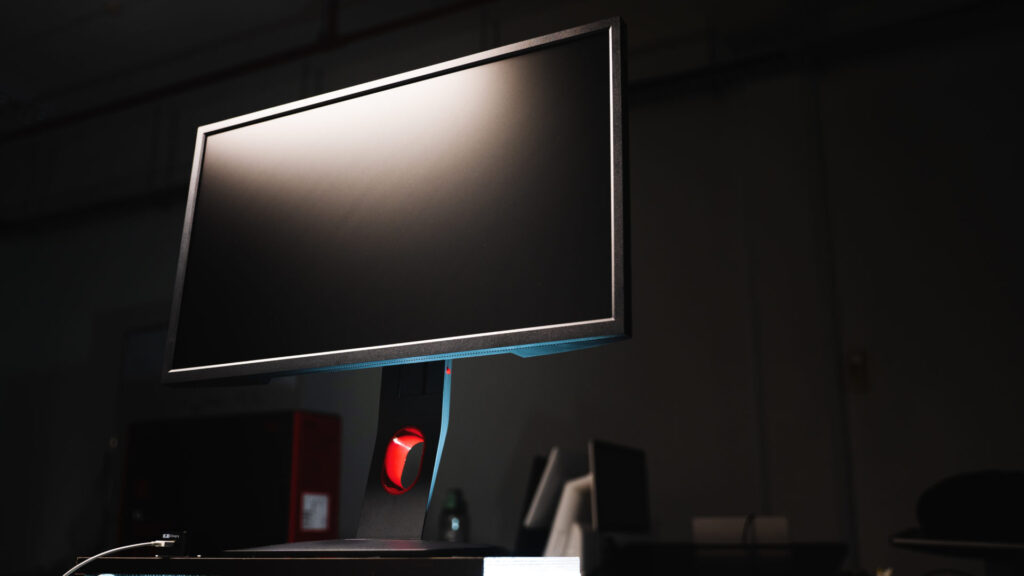
A high-refresh-rate gaming monitor can drastically improve your Valorant experience. The BenQ ZOWIE XL2546K is a 240Hz gaming monitor with 1ms response time, specifically built for esports.
-
Refresh Rate: 240Hz for ultra-smooth gameplay
-
Response Time: 1ms with DyAc+ for motion clarity
-
Size & Resolution: 24.5 Full HD (1920×1080)
Why it matters: In a tactical shooter, every frame counts. A 60Hz monitor shows you one image every 16ms, while a 240Hz one shows it every 4ms. That 12ms difference could be the edge you need to peek and shoot faster than your opponent.
Pairing this gaming monitor with a 144+ FPS setup means you’re maximizing both your hardware and reaction window.
Conclusion
Valorant is a game where performance and precision make all the difference. While it’s accessible with lower specs, upgrading to the recommended system requirements and pairing them with high-quality gaming gear like a lightweight mouse, mechanical keyboard, and high-refresh-rate monitor will dramatically enhance your experience.
If you’re looking for the latest and most accurate information about Valorant and other trending games, visit Play Swap— a trusted e-commerce platform and news hub tailored specifically for gamer

